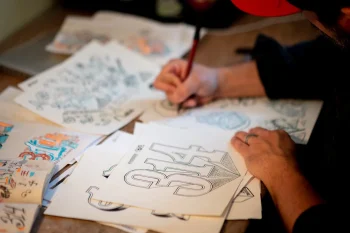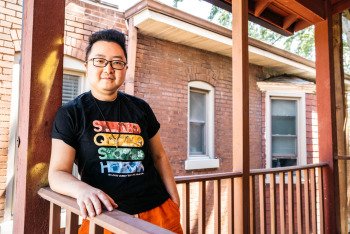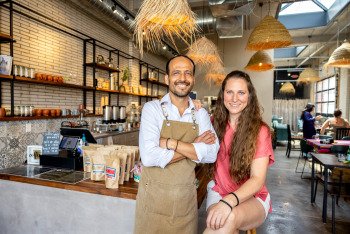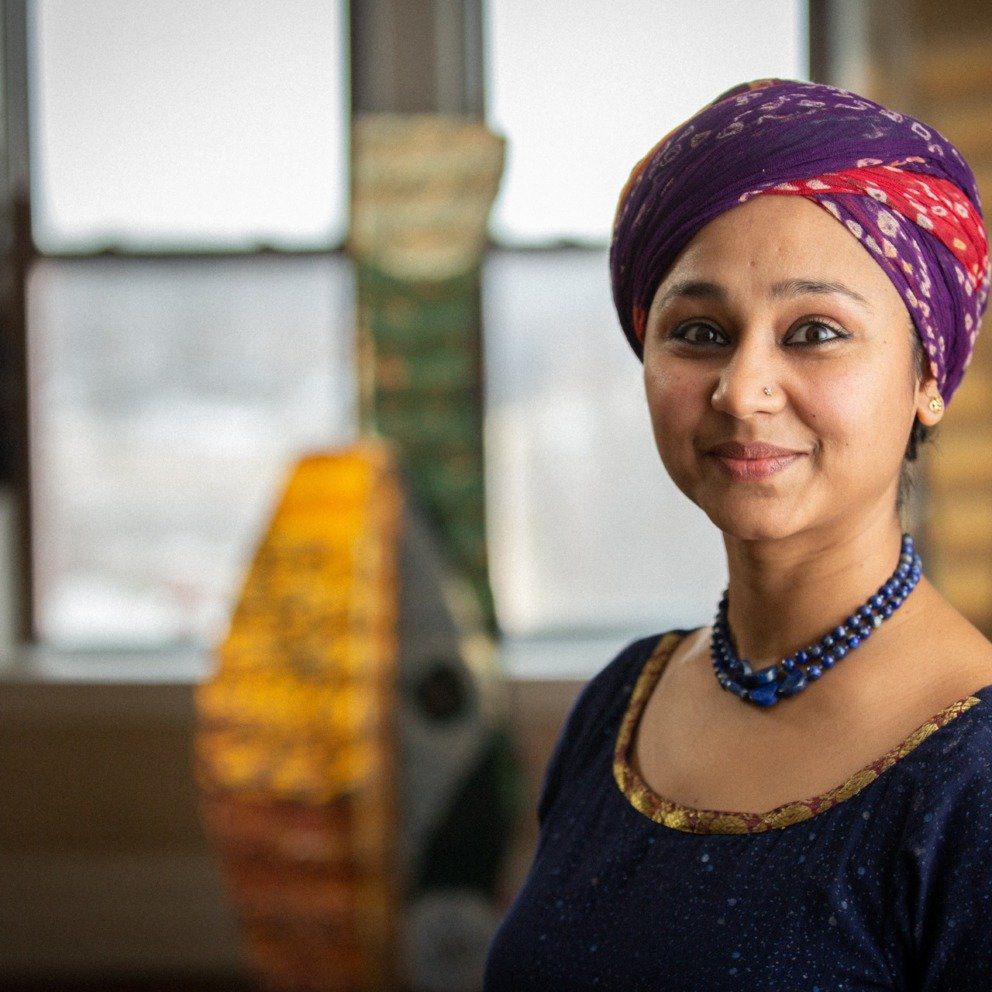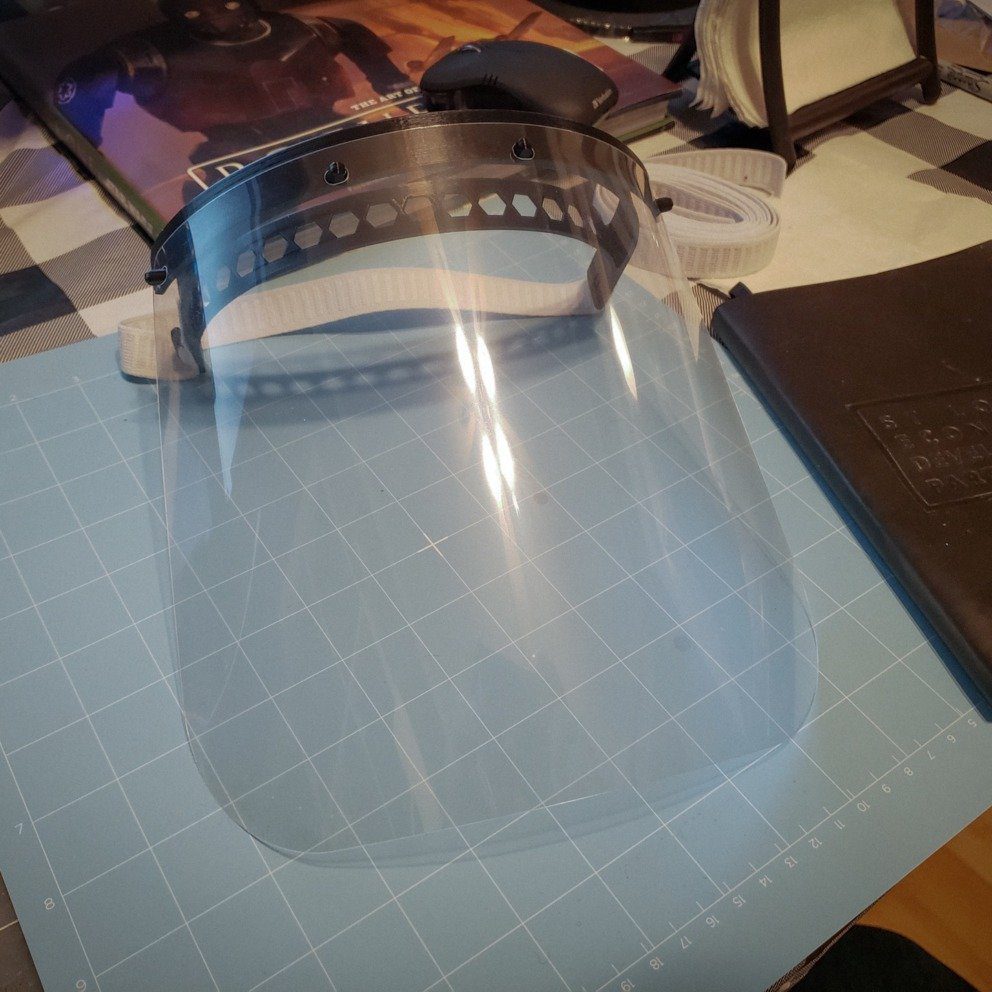Data for the Greater Good
Saint Louis University professor Enbal Shacham, Ph.D., uses geospatial techniques to track the spread of the coronavirus.
While most Americans spent the December holidays in 2019 blissfully unaware of the coronavirus and the approaching pandemic, Enbal Shacham, Ph.D., was studying the outbreak of COVID-19 in Wuhan, China, and trying to determine where the coronavirus would spread to first in the United States. And now that COVID-19 is widespread, she’s working on ways to lessen its impact.
“When the cases were in China, I was studying it and examining, ‘where is this going to go next?’” Shacham says. “For the United States specifically, where is this going to happen first? And what are the resources on the ground there?”
Shacham’s background in both public health and geospatial science gives her a unique multidisciplinary perspective. She currently serves as director of the Ph.D. in public health studies program at Saint Louis University’s College for Public Health and Social Justice, and as an associate director of the SLU Geospatial Institute. Shacham analyzes data in a public health lens and translates the implications of that data for the health of populations. Currently, she’s helping develop an app with the goal of providing data to predict where future COVID-19 outbreaks may occur.
Since much specific COVID-19-related data is not yet widely available, Shacham had to get creative about what data she could use in her efforts to track and predict the spread of the coronavirus. She was able to access publicly available data from the U.S. Department of Transportation on international airports and flight patterns, and used that data to predict that the coronavirus would first impact the east and west coasts of the United States. She also identified that that nursing homes on those coasts would be of the highest risk. This did occur in the United States; one example is of the impact of COVID-19 in a long-term care facility in King County, Washington, where 81 out of 130 residents were diagnosed with COVID-19. “It’s exactly how we would think this would behave,” Shacham says.
“When we think about epidemiology, which is the study of disease and the tracking and the patterns of those diseases, we can use COVID-19 as an example of: this is where people are. These are the tracks in which they go, the places to where they go, puts people at risk for getting infected,” Shacham says. “The more we learn, the better our community and our community health is.”
Tracking Symptoms
Shacham is collaborating with SLU professor Flavio Esposito, Ph.D., and SLU student Roberto Coral, on an app that will ask users to enter their symptoms (or absence of symptoms) and what age group of people that they’re interacting with. If their symptoms suggest they may have COVID-19, the app will give them information on the nearest testing facility. The data that users provide through the app will help give the SLU team an idea of where outbreaks may occur next.
“The spectrum of the COVID-19 illness has not quite been elucidated, we don’t actually know all of the symptoms. We’re getting a better sense. We just learned recently that some people lose their sense of smell. So that’s news and that’s important news,” Shacham says. “We need to learn so much more. As those symptoms may change, we can add those questions to the app and push out an update.” They plan to launch the app in early April.
“It’s exciting to be part of the solution,” Shacham says.
What You Can Do
To help reduce the likelihood of infection across populations, and get medical care to the vulnerable populations who need it most, Shacham emphasizes that everyone needs to stay home unless it’s absolutely necessary. While staying home, it’s also essential for mental health to find connections in other ways. Shacham says, “In our world of technology, we have access to connect socially, which is really important for our anxiety levels. Connecting with family and friends via social media or some sort of networking in that way is really important.”
“We really do need a community-level engagement, we can’t have individuals going and experiencing life as they want to live because they don’t think they’re at individual risk. We need you for the greater good to be thinking about how do we help our health care systems function in a way that gets the treatment to the most vulnerable populations,” Shacham says. “We’re all in this together.”
Join the Story
- Join the #STLMade4Good and join the Facebook group #STLMade4Good to share acts of kindness and generosity.
